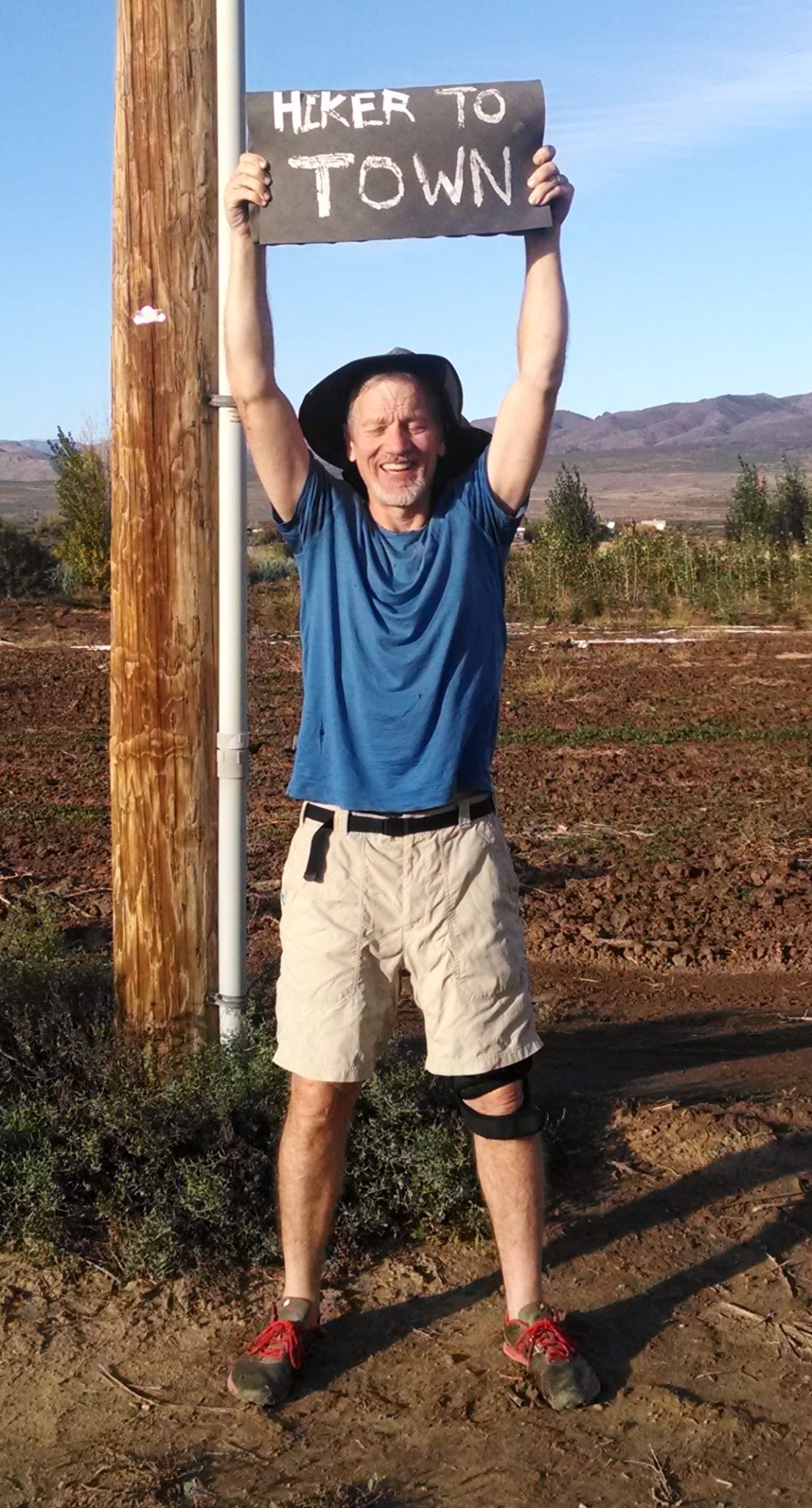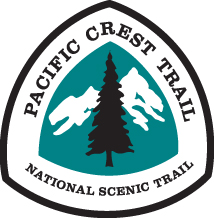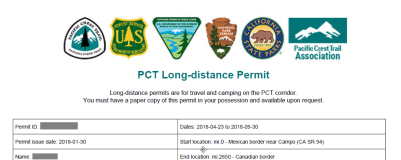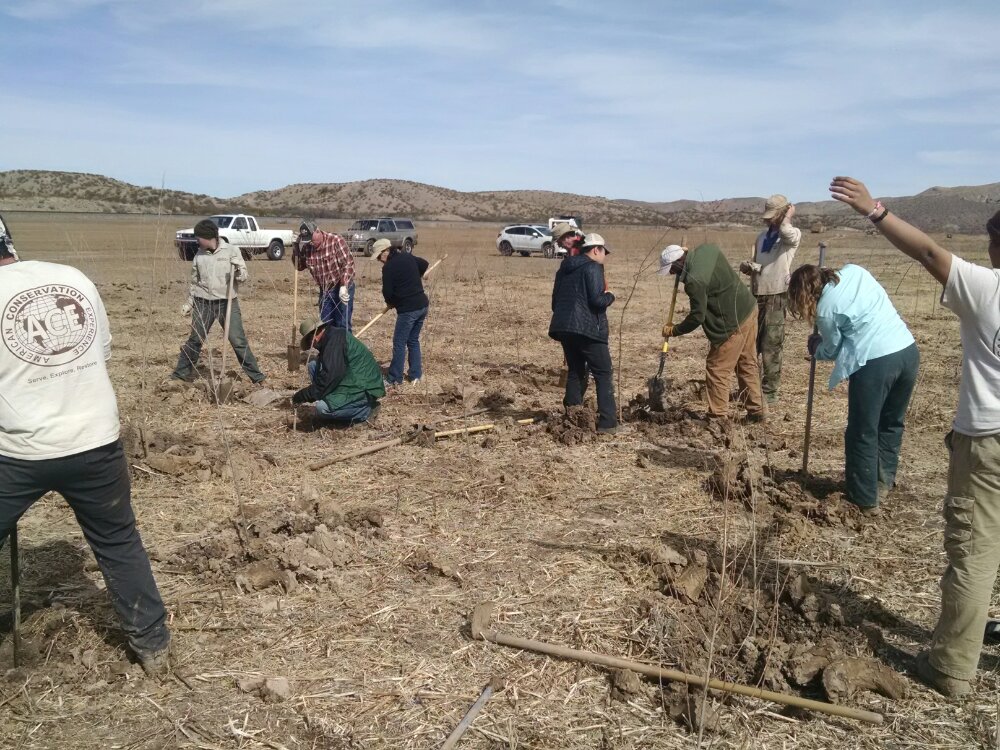Hiking can be sooooo much fun, and geeking out while hiking is even better. While making plans for my upcoming Pacific Crest Trail trip, creating spreadsheets with supply stops and distances to the nearest towns, I started thinking about hitchhiking, almost inevitable on a long hike in the USA unless you have your own support crew.
But to really geek out, I just learned about the Hitchhiker’s Paradox. Given a random (Poisson) distribution of cars passing every 12 minutes, you might expect the expected wait time for the first car is 6 minutes, but that is wrong. The way events seem to clump in a random distribution means you are more likely to start waiting in a large gap instead of a small gap, so the real expected wait time is 12 minutes. Cool!
Related Posts: Next Trail PCT



